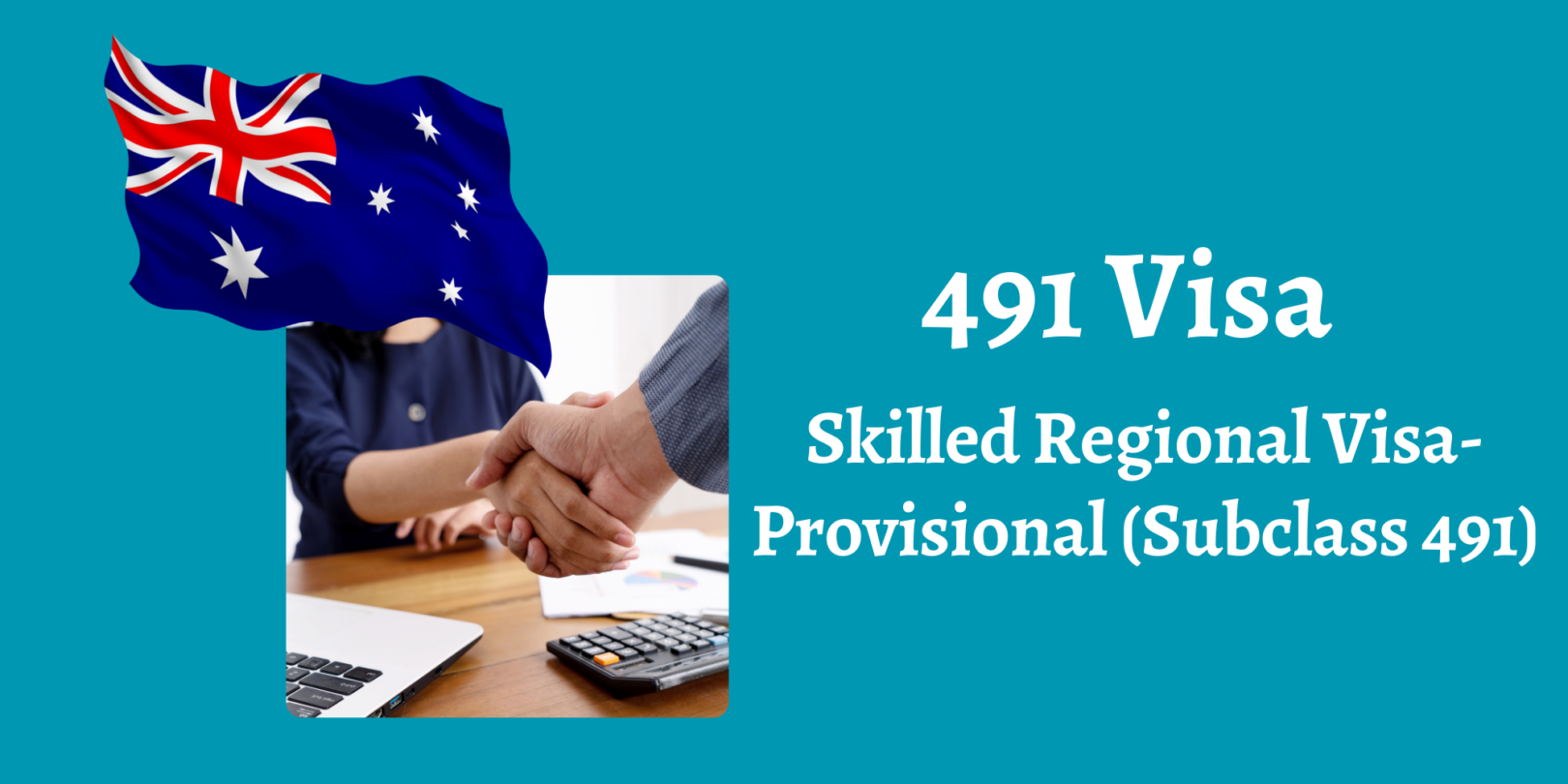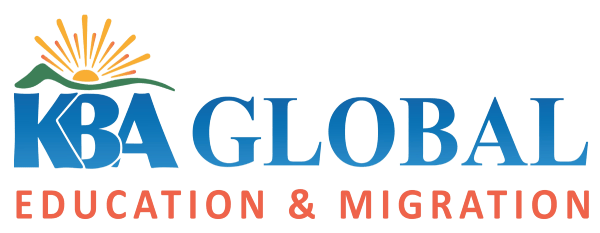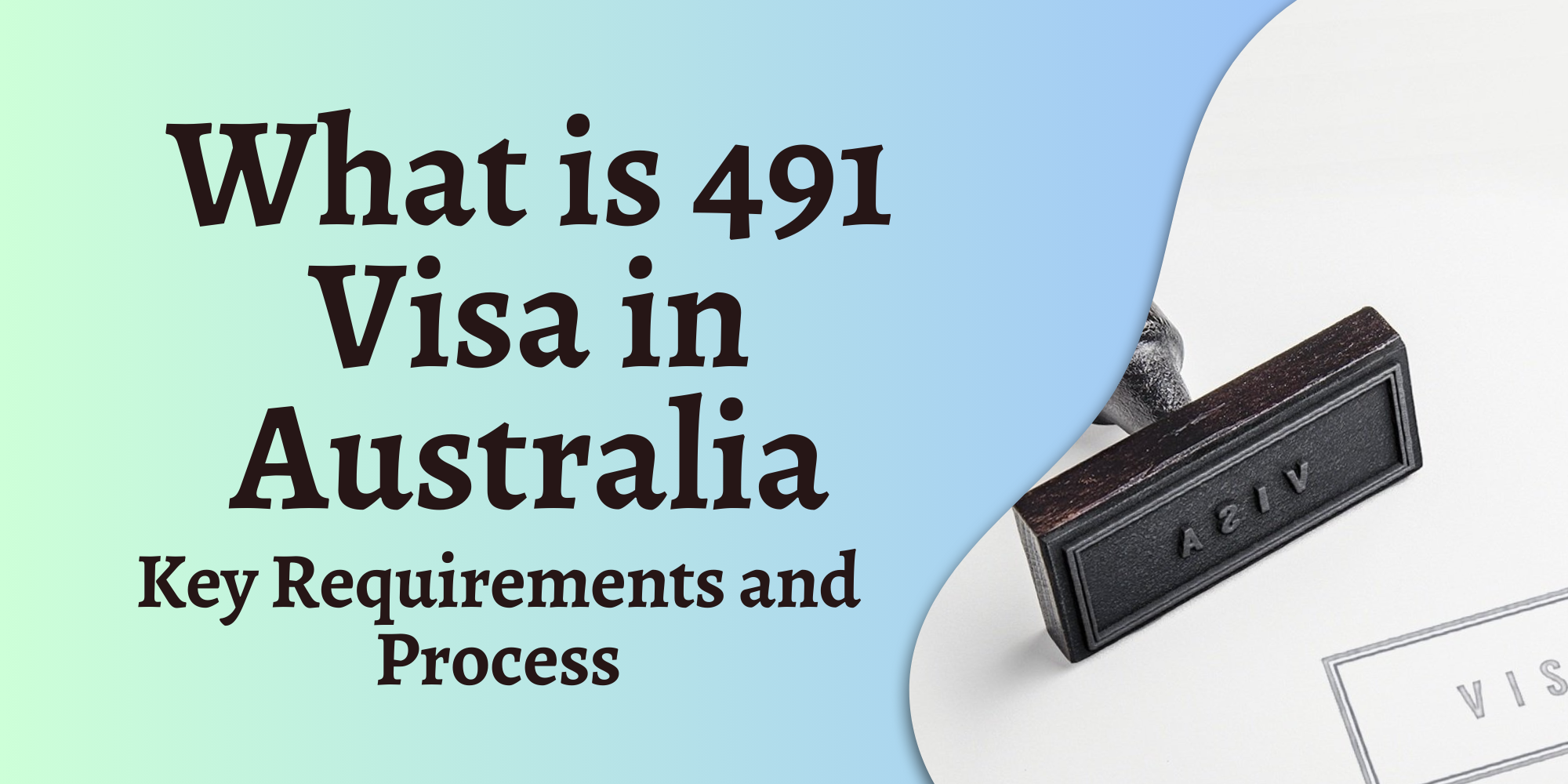If you have been exploring various visa options for Australia, the 491 visa might be a good option for you. The Skilled Work Regional (Provisional) visa , also known as the subclass 491 visa, is a visa programme that has an impact on Australia’s efforts to boost regional development and address skill shortages outside major cities. So, what is the 491 visa in Australia, and why is it gaining popularity among international professionals?
We’ll dive into the key features of the 491 visa, including its conditions and requirements. I’ll also explain the nomination and sponsorship options, such as the 491 visa South Australia and Victoria programs, as well as NSW nomination opportunities. We’ll look at the points system for skilled migration and discuss what it’s like to live and work in regional Australia.
Key Features of the 491 Visa

Provisional nature
The Skilled Work Regional (Provisional) visa, also known as the subclass 491 visa, is a temporary visa that allows skilled workers to live and work in designated regional areas of Australia. As a provisional visa, it serves as a stepping stone towards permanent residency. This visa has a validity period of 5 years, during which time you can work towards meeting the requirements for permanent residence.
Regional focus
One of the main objectives of the 491 visa is to boost regional development and address skill shortages outside major cities. For migration purposes, most locations in Australia outside Sydney, Melbourne, and Brisbane are classified as designated regional areas. Interestingly, Perth and the Gold Coast are also considered regional areas under this visa program. This regional focus provides an opportunity for skilled workers like you to contribute to the growth of regional communities while enjoying a unique lifestyle.
Duration and conditions
The 491 visa allows you to stay in Australia for 5 years from the date it’s granted. During this time, you can live, work, and study in a designated regional area. You will also be allowed to travel to and from Australia as many times as you wish while the visa remains valid.
However, the visa comes with specific conditions, you must live, work, and study only in regional areas, although I’m free to move between different regional areas. These conditions are enforced to ensure that visa holders contribute to regional development as intended by the Australian government.
Comparison to other visas
When compared to other skilled migration visas like the subclass 189 and 190 visa, the 491 visa has some distinct advantages. Unlike the 189 visa, which doesn’t require sponsorship, the 491 visa needs either state or territory nomination or sponsorship by an eligible relative. This requirement can actually make the application process more straightforward for skilled migrants like me.
The 491 visa also offers additional points in the skilled migration system, which can be beneficial for those who may not meet the point requirements for other visas. Another advantage is that it has a lower application cost and higher priority in the processing queue compared to the 189 and 190 visas. However, while the 189 and 190 visas offer immediate permanent residency, the 491 visa requires living and working in a regional area for a period before permanent residency can be considered.
Nomination and Sponsorship Options
The Skilled Work Regional (Provisional) visa, also known as the subclass 491 visa, offers two main pathways for nomination and sponsorship. These options are designed to address skill shortages in regional areas of Australia and provide opportunities for skilled workers to contribute to these communities.
State/territory nomination process
One way to obtain a subclass 491 visa is through state or territory nomination. Each state and territory in Australia has its own nomination process and criteria. For example, to be considered for Victorian skilled visa nomination, you must meet all the Department of Home Affairs requirements for the subclass 491 visa. Additionally, you need to be committed to living and working in regional Victoria, have at least competent English, and achieve a minimum of 65 points on the Australian Government’s points test.
The nomination process typically involves submitting a Registration of Interest (ROI) to the state or territory. If selected, you’ll be invited to apply for nomination. Providing false or misleading information in the nomination application can result in refusal.
Family sponsorship requirements
Another option for the subclass 491 visa is family sponsorship. To be eligible for this pathway, you must have an eligible relative living in a designated regional area of Australia who can sponsor you. The sponsor must be at least 18 years old, usually resident in a designated area of Australia, and be an Australian citizen, permanent resident, or eligible New Zealand citizen.
Eligible relatives can include parents, children, siblings, aunts, uncles, nieces, nephews, grandparents, or first cousins. The Department of Home Affairs must approve the sponsorship before a visa can be granted.
Eligible occupations
To qualify for the subclass 491 visa, your occupation must be on the eligible skilled occupation list. This list is regularly updated and includes a wide range of professions across various sectors. Some examples of eligible occupations include accountants, engineers, healthcare professionals, and IT specialists. It’s essential to check the current list to ensure your occupation is eligible at the time of application.
Nomination criteria
The nomination criteria can vary depending on the state or territory and the chosen pathway. For state nomination, you may need to meet specific requirements, such as having a job offer in a regional area, demonstrating a certain level of work experience, or having studied in the nominating state or territory.
For family-sponsored applications, the criteria focus more on the relationship with the sponsor and their eligibility to provide sponsorship. In both cases, you must demonstrate a genuine intention to live and work in a designated regional area of Australia.
While meeting the basic eligibility criteria doesn’t guarantee a nomination or visa grant. The demand for subclass 491 visas often exceeds the available places, making the process competitive. Therefore, it’s crucial to thoroughly research and understand the specific requirements for your chosen nomination pathway and ensure you present a strong application.
Points System and Skilled Migration
The Skilled Work Regional (Provisional) visa, or subclass 491, is a points-tested visa that requires applicants to score a minimum of 65 points to be eligible for an invitation to apply. However, it’s crucial to understand that achieving 65 points doesn’t guarantee an invitation, as the process is highly competitive. You can check your estimated points using a PR Points Calculator.
Points breakdown
The Australian immigration points test evaluates several factors to determine an applicant’s score. These factors include:
- Age: Points are awarded based on the applicant’s age at the time of invitation.
- English language skills: Proficiency in English is assessed, with higher scores for better language skills.
- Skilled work experience: Both overseas and Australian work experience are considered.
- Educational qualifications: Points are awarded for relevant qualifications.
- Australian study: Additional points for studying in Australia.
Additional regional points
One of the advantages of the subclass 491 visa is the additional points it offers for regional nomination or sponsorship. Applicants can receive 15 extra points for nomination by a state or territory government agency or sponsorship by a family member residing in regional Australia. This boost in points can significantly improve an applicant’s chances of receiving an invitation.
Partner points
The points system also takes into account the applicant’s partner’s skills and qualifications. There are three scenarios for partner points:
- 10 points: If the partner has relevant skills, is under 45 years old, has a suitable skills assessment, and demonstrates competent English.
- 5 points: If the partner has competent English but doesn’t meet the other criteria for skilled partner points.
- 10 points: If the applicant is single or has a partner who is an Australian citizen or permanent resident.
The partner points are only available if the partner is also an applicant for the same visa subclass and is not an Australian permanent resident or citizen.

Ranking system for invitations
The Department of Home Affairs uses a ranking system to determine who receives an invitation to apply for the 491 visa. The ranking is as follows:
- First priority: Applicants with a skilled partner or those without a partner (single applicants)
- Second priority: Applicants with a partner who has Competent English but doesn’t meet the criteria for skilled partner points
- Third priority: Applicants with a partner who is ineligible for either Competent English or skilled partner points
This ranking system aims to prioritise applicants who can contribute the most to regional Australia’s skilled workforce.
To have a chance at receiving an invitation, it’s crucial to maximize your points score. This may involve improving your English language skills, gaining additional work experience, or obtaining higher qualifications. Remember that the subclass 491 visa is designed to address skill shortages in regional areas, so having skills in demand in these areas can improve your chances of success.
Living and Working in Regional Australia
As a holder of the Skilled Work Regional (Provisional) visa (subclass 491), I have the opportunity to experience life in regional Australia. This unique lifestyle offers a blend of professional opportunities and personal benefits that are distinct from life in major cities.
Defined regional areas
For the purposes of the 491 visa, regional areas include most of Australia outside Sydney, Melbourne, and Brisbane. Interestingly, Perth and the Gold Coast are now classified as regional areas, opening up more options for visa holders. Regional areas encompass a wide range of locations, from smaller cities like Adelaide, Hobart, and Canberra to rural towns and coastal communities.
Employment opportunities
One of the main advantages of the 491 visa is the access to diverse employment opportunities in regional areas. Many industries in these regions face skill shortages, creating a high demand for skilled workers. This demand often translates into competitive salaries and benefits. Some employers even offer relocation assistance and accommodation support to attract talent, making the transition to regional life smoother and more cost-effective.
The regional focus of the 491 visa also means less competition for jobs compared to major cities. This can lead to better chances of securing meaningful employment in my field of expertise. Additionally, the visa allows me to work in any occupation and for any employer within the designated regional areas, providing flexibility in my career choices.
Lifestyle benefits
Living in regional Australia offers a unique set of lifestyle benefits. One of the most significant advantages is the more affordable cost of living. Housing, in particular, tends to be more spacious and less expensive compared to major cities. This affordability can lead to a better work-life balance and the potential for increased savings.
Regional areas often boast a slower pace of life, less traffic, and a stronger connection to nature. These factors contribute to a less stressful and potentially healthier lifestyle. For those considering starting or raising a family, regional areas are often seen as ideal, offering safe environments, excellent schooling options, and plenty of recreational activities for children.
Community integration
One of the most rewarding aspects of living in regional Australia is the sense of community. Smaller populations often foster closer-knit communities, making it easier for newcomers to integrate and build meaningful relationships. Community events, local festivals, and social clubs provide ample opportunities to connect with locals and immerse yourself in the local culture.
To support new migrants in their settlement process, various support networks and services are available in regional areas. These can include language classes, employment services, and cultural orientation programmes, all designed to help newcomers like me adjust to life in regional Australia.
Need assistance for your 491 visa application?
The Skilled Work Regional (Provisional) visa, or subclass 491, opens doors to a unique Australian experience. This visa program offers skilled workers a chance to contribute to Australia’s growing communities while enjoying a distinctive lifestyle. The points system, nomination options, and family sponsorship pathways provide various routes to enter Australia, making it an attractive choice for many international professionals.
Living and working in regional Australia under the 491 visa comes with its own set of perks. From diverse job opportunities and competitive salaries to a more relaxed pace of life and stronger community bonds, the experience can be truly rewarding. While the journey may have its challenges, the potential to build a new life in Australia makes the 491 visa a compelling option to consider for those looking to make Australia their new home.

